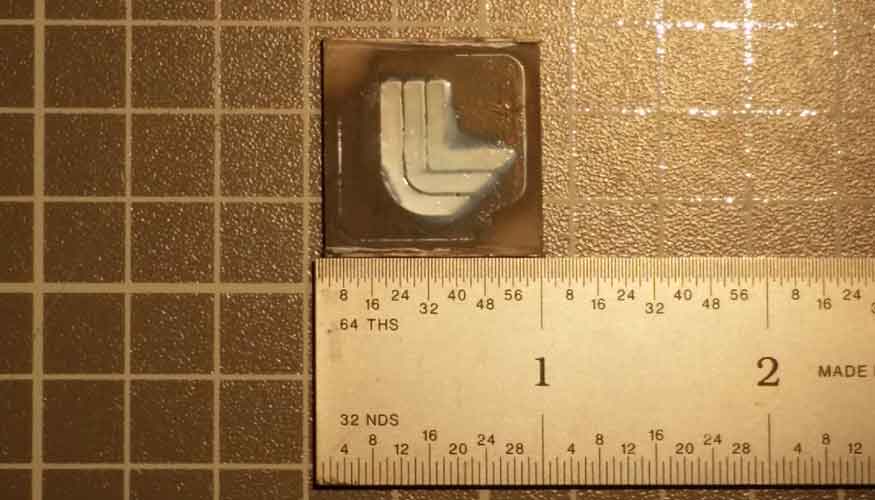If you thought that the current 3D printing technologies, such as FDM, SLS, SLA, and Jetting were advancing rapidly, then wait until you hear about this new technology. Researchers at the Lawrence Livermore National 
The technology is based on electrophoretic deposition (EPD), which has been used for nearly a century within the auto industry to prime vehicles before painting them. The way it works is simple. The body of the car is given a negative charge, while the liquid primer is given a positive charge. The opposite charges create a bond between the two materials. Other applications for EPD are for painting cermaics, and other materials, and even for depositting living cells on a surface. Up until now though, there has been no way to control where the materials would be placed. Manufacturers were only able to deposit a material across an entire object. There was no way to selectively place it in certain spots.
The researchers were able to use a process called light-directed electrophoretic deposition, which uses photoconductive electrodes and DC electrical fields to target and then build up a material on a certain area. Wherever the light came in contact with the photoconductors surface, they were able to build material on that spot. This has led them to be able to produce very accurate multi-material composites.
“We have presented a novel electrophoretic deposition technique based on using light to pattern materials on a photoconductive layer. This represents a large step in advancing electrophoretic deposition as a method of fabricating complex 3D patterned composites,” said Andrew Pascall, research engineer and lead author.
Basically what the researchers have done is find a way to make traditional EPD gain an extra dimension. Instead of only being able to deposit a single layer of material across an entire surface, the light-directed EPD allows them to build on top of that material, as many layers as they wish, creating 3D objects. It’s another form of 3D printing, that if scaled up could be extremely accurate, and a faster way to go about additive manufacturing. One of the potential applications for this new technology, which allows for a more accurate creation of void areas within a printed object, is for the 3D printing of veins and arteries within a printed organ.
There is still research to be done but this technology could have huge implications on the future of the 3D printing industry in general. You can talk more about light-directed EPD at the 3dprintboard forum thread. The full report on the research can be found here.
